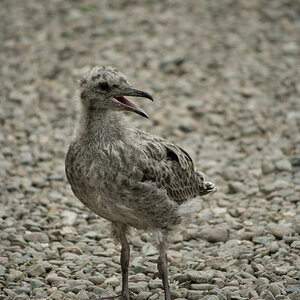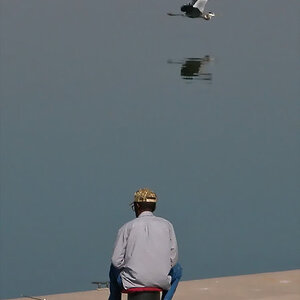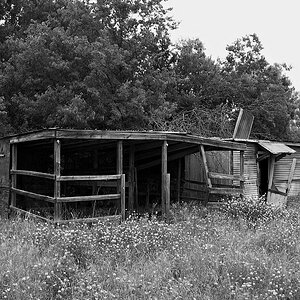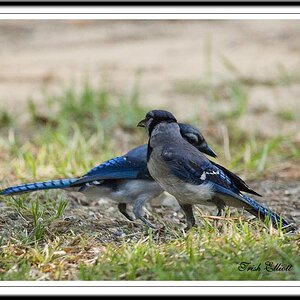agnatha
TPF Noob!
- Joined
- Jul 18, 2012
- Messages
- 17
- Reaction score
- 2
- Can others edit my Photos
- Photos OK to edit
alright, i'm confused.
at the risk of sounding really stupid....
when i'm trying to photograph something that's moving, let's say a duck, do i set the shutter speed high and the aperature low?
let's say i'm outside my house. it's about three in the afternoon. the lighting is good. i want to get my duck howard as he flaps his wings.
he's a pekin, he can't fly, so his flapping is pretty slow. usually i can get some of the detail with my fully automatic camera, but with the new one that allows me to adjust aperature and shutter speed.
the aperature goes from 2.8 to 8
and the shutter speed goes from 2 to 1000.
all of these numbers mean nothing to me, i'm very confused.
i've read and reread how the camera works, the bigger the opening the more light, the more detail, but i'm not just dealing with that. how does that fit in with the shutter speed?
and what the heck is iso?
at the risk of sounding really stupid....
when i'm trying to photograph something that's moving, let's say a duck, do i set the shutter speed high and the aperature low?
let's say i'm outside my house. it's about three in the afternoon. the lighting is good. i want to get my duck howard as he flaps his wings.
he's a pekin, he can't fly, so his flapping is pretty slow. usually i can get some of the detail with my fully automatic camera, but with the new one that allows me to adjust aperature and shutter speed.
the aperature goes from 2.8 to 8
and the shutter speed goes from 2 to 1000.
all of these numbers mean nothing to me, i'm very confused.
i've read and reread how the camera works, the bigger the opening the more light, the more detail, but i'm not just dealing with that. how does that fit in with the shutter speed?
and what the heck is iso?


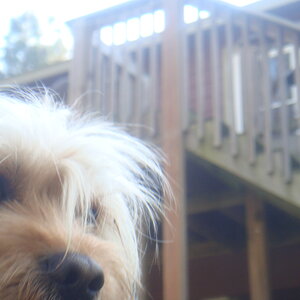
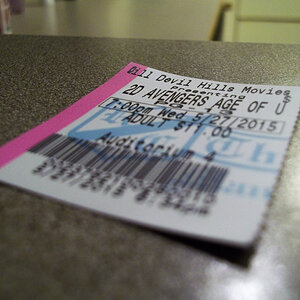
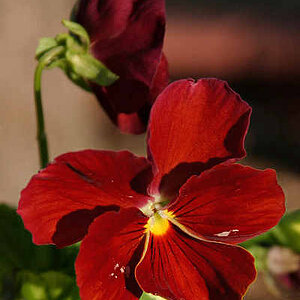
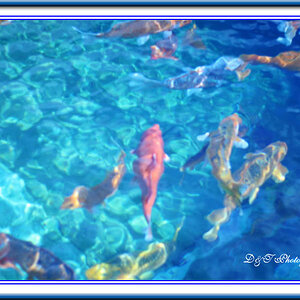
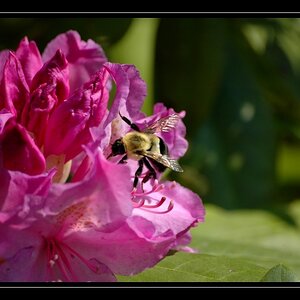
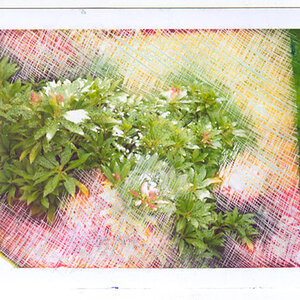
![[No title]](/data/xfmg/thumbnail/38/38737-350089c7ae87f5c983c5362b9b78b671.jpg?1619738703)
